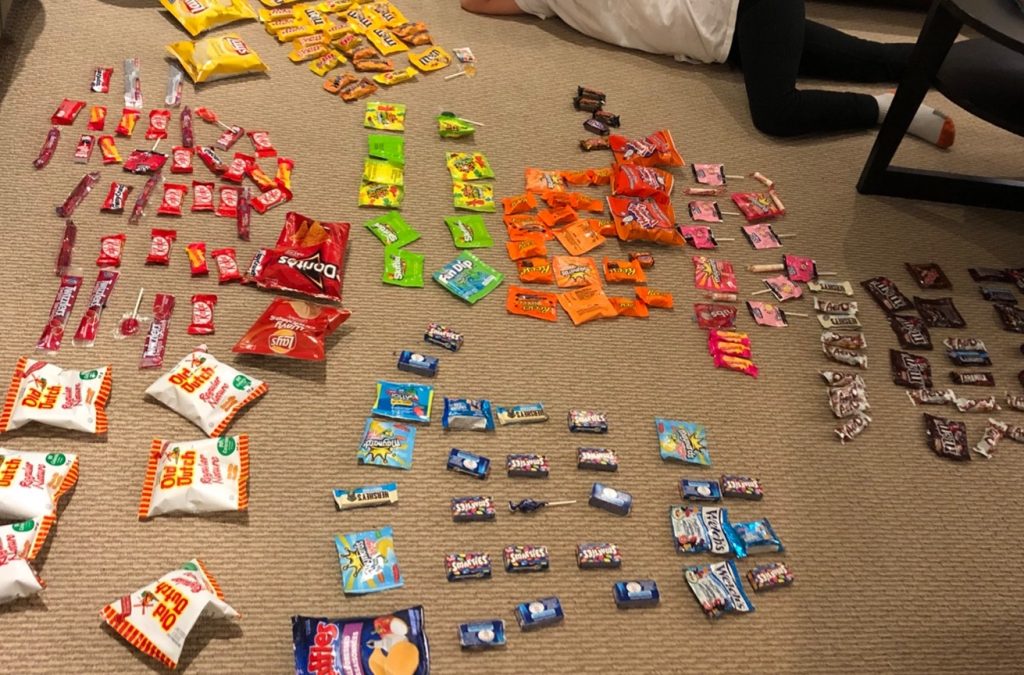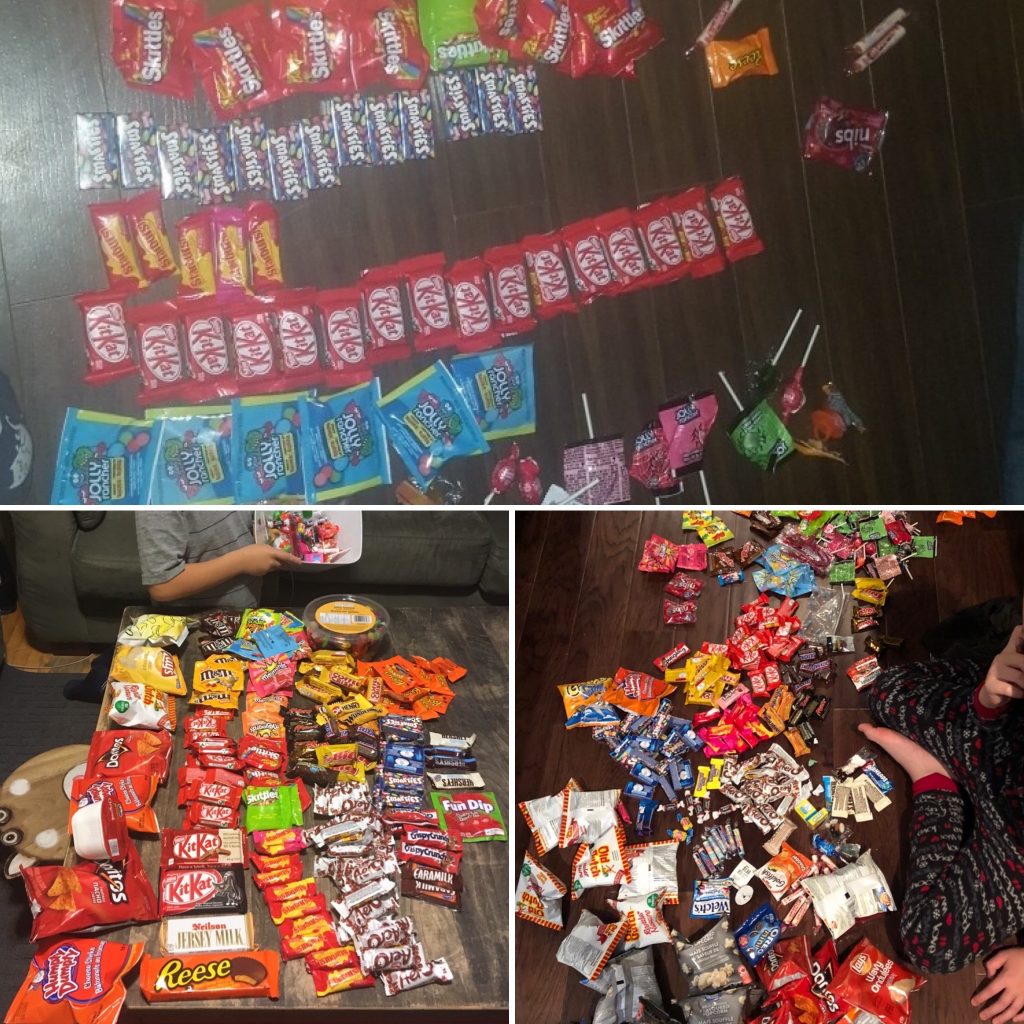Math talks encourage participation, nurture intuition, build fluency, and enhance mental math strategies. Most importantly, math talks improve students’ ability to justify and defend their thinking. In my own practice, this instructional strategy has been the most valuable window into my students’ thinking.
Sometimes the best math talks come from things that seemingly involve no math at all. One of my class’ favourite math activities is to play “Which One Doesn’t Belong?”, where students examine four pictures (or shapes, or numbers) side by side and must decide which one does not belong with the set, justifying their answers. These are open-ended, high-ceiling prompts with multiple access points which allow the teacher to meet students where they’re at in the conversation, and other students’ more complex thinking to challenge their peers. You can access these images for use in your own classroom here.
I want my students to see that math is everywhere in their lives. Taking a bit of a Kindergarten approach, I’ve been going out of my way to point out math concepts that occur naturally throughout our day. On Halloween, before sending them home for their night of trick-or-treating, I asked them what they usually do with their candy when they get back home. Most said that they dump it on the floor (of course!).
I asked, “well, what do you do next?”. About half of them shared that they sort or count their candy. We talked a little bit about the different ways that everyone usually sorts their candy. I invited them to have their families take a picture of their sorted candy piles and send it to me! They seemed pretty excited about their “candy homework”.
That night, almost all of the families in my class submitted a picture! The following day, I used their pictures for one of the most engaging and valuable math talks we’ve had this year.
We took our time looking at each of the submitted photos, noticing and naming math concepts that were visible in each one. Their best ideas came from my simple prompt, “What math can you see here?“. Some of the concepts and skills that we touched upon include:
Number Sense – subitizing, estimating (when a full set is visible and when parts of a set are buried – for example, what could be the answer when we can’t see what is underneath the pile?), counting, least/greatest, mental math addition and subtraction
Patterning – patterning by different attributes (shape, colour, kind of candy)
Measurement – measurement with non-standard units (the way we line up the candy along the floor affects how the quantity appears – for example, if the same amount of different sized bars are lined up touching one another, it may appear that there are more of the larger sized bars because they create a longer line)
Data Management – different rules for sorting and classifying, different ways of arranging the candy to make their thinking clear, discussions about the most and least popular types of candy given out
Geometry – sorting and classifying by geometric properties of the candy packaging (rectangular candy, square packages, spheres, 2D vs. 3D packaging, etc)
Our wonderfully rich math talk also lead us into a media literacy discussion about packaging, advertising and marketing, and why certain candy brands appeared to be more popular than others.
They had so much to share that we will have to continue on Monday!



Laura, I love this … especially the idea of taking a “kindergarten approach” in an older grade, and with amazing results. I keep on thinking about the Math PD at our last staff meeting. Could a notice and wonder approach here also allow you to extend the math learning?
Have a great week!
Aviva
Great activity! I especially love the media literacy connection. I always feel like my media lessons could be more authentic.